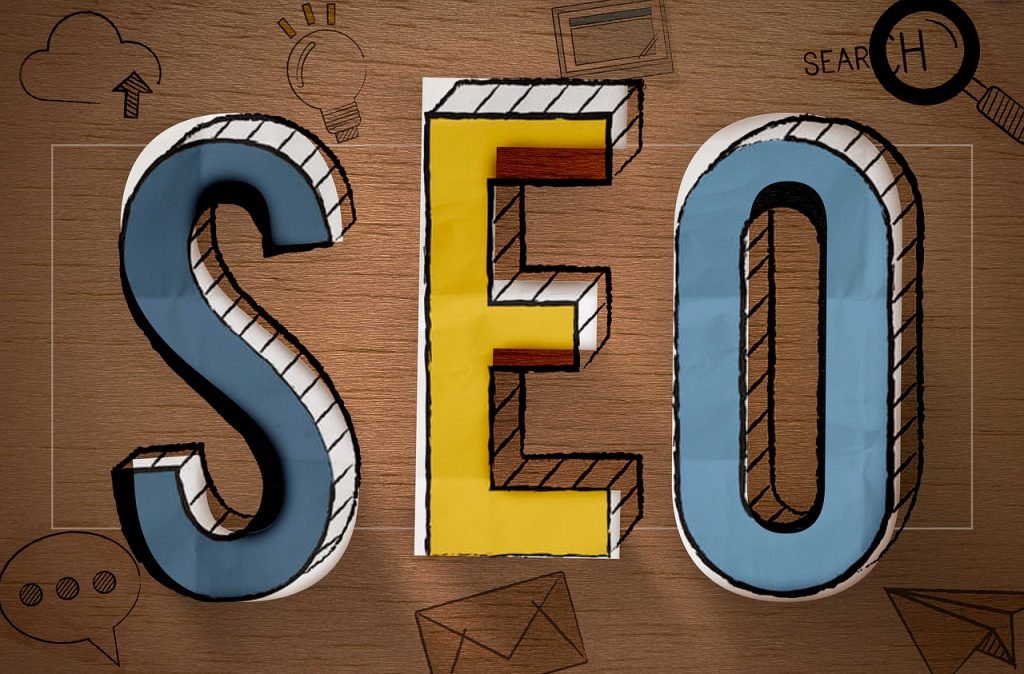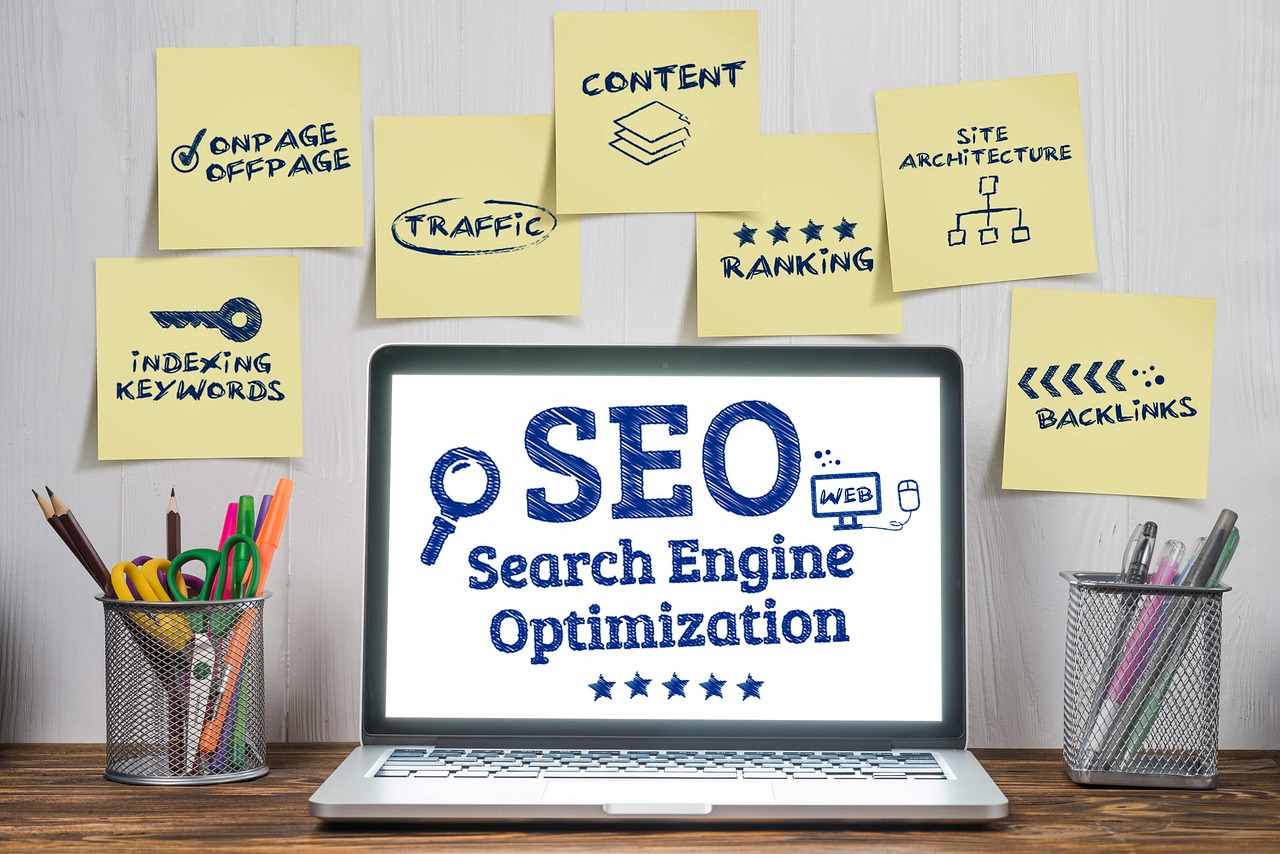
On-page- SEO
On-Page SEO is the process of optimizing the web pages that will affect the organic result page and it leads the web pages into higher rank and earns more traffic in search engines.
To achieve the high rank in the search engine result page content, title and description are important.
Basic On-page SEO factors
1.Meta tags
The meta tags are HTML code and used to give information about the website to search engines. It will be visible only to the search engine, not for the users. Meta tags should be more relevant to the content.
2. Title tag
The title tag HTML element shows the title of the web page. The title is visible in the search engine result page. The character limit of the web page title is 70 characters. If the user request a query the search engine checks the query with the title and shows the result.
3. Meta description:
A meta description is the summarized content of the web page. The character limit of the meta description is 155. The meta description is shown in the search engine result page below the title.
4. Alt tag:
An alt attribute is applied to image tags to provide a text alternative to images for search engines. The search engine can’t interpret images, Alt tags provide the text to images, so the search engine can identify the purpose of the image.

5. Anchor text:
Anchor text is the clickable text in a hyperlink. It should be relevant to the web page. Example – Wikipedia. The anchor text is also called a link label or link title. Link without having an anchor link is called URL anchor text. Every browser display anchor links differently.
6. Focus keyword:
The focus keyword is a field where you can insert a keyword or phrase. The keywords lead the main role in search engines to rank the websites. The keyword is the main element of SEO. If you have the unique and relevant keyword in your content then the user can easily be directed to your website through the search engine.
7. Internal links:
Internal links are hyperlinks that help to go one page to a different page in the same domain. It allows the user to navigate a website. Internal links connect your content and give the structure to your website. The internal links should be created based on the relationship between the pages, the value of the content and the relevance of pages.
8. URL strings:
On the website, users can see the URL first, so the URL string should be short and easily readable. The URL should be user-friendly. URLs can also act as a ranking factor in the search engines. Based on the URL, search engines create the site architecture on your website. Keeping URL as simple and relevant as possible to understand for both the search engines and users. Keep the URL length maximum to 100 characters.
9.Web page Speed:
The loading speed of the web page is also a ranking factor in SERP. If your web page loads more than four seconds then the searchers click the back button and go for another web page. So the web page speed should be fast. For that, you have to reduce the image size and unnecessary HTML codes. Because every HTML code has to run.
10.Mobile friendly:
Most people use mobiles more than computers. So the web pages should be more friendly to mobile users also. If web pages are not easy to access in mobile then your ranking becomes low. To avoid this make sure the web pages are readable and navigable to mobile devices.
11. Optimized content:
One of the most important ranking factors in SEO is content. The content of the website must be unique and easy to readable. Using keywords in content will help in ranking factors. Longer content attracts more users and shares.
12. Social Share:
Social share is not a direct ranking factor of SEO. It helps to increase user engagement on the web page. More users share your content with others through social media it’s valuable to the web page. So the social share will give indirect support to the ranking factor.
Here are the reasons to start your own blog and ranking with Top On-Page SEO Strategies.
